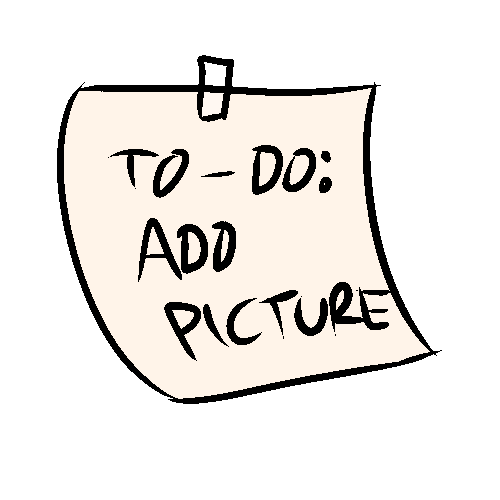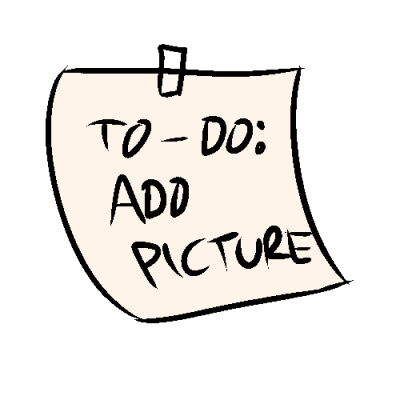Spinnerets
Name: Spinnerets
Creator: Loom
Home Zone: Spindle
Project Appearances: TBA
Species Development Thread: Species Development: Spinnerets
Table of Contents
Spinnerets are a species of living woven cloth given life by their creator or their parents. They have unique magic-like abilities that set them apart from species that can only access scrap-based magic.
Origin
Spinnerets originate in Spindle, where they were created by Loom. Many of the first non-weaver morph spinnerets were created by the first weaver morph spinerets.
Culture
Spinneret populations are concentrated in their home region of Spindle and are distributed across the greater region of Modician. They are closely related to their progenitor god Loom, and the majority of the god's worshipers are spinnerets living in Spindle. Outside of Spindle, many spinnerets still follow and worship Loom but some worship more regional deities, such as Saw or Magnus.
Spinneret family culture is a patchwork or weave of interconnected parents and children, with at least four individuals taking on a traditional parent role.
Spinnerets live in tall, narrow structures with considerably more length than traditional housing. The top room of these housing structures is dedicated to communal sleeping quarters, as spinnerets prefer to sleep high in the air, in loose hammocks. Often these hammocks are strung in high rooms, like those described previously, or between the tops of buildings or, alternatively, two long poles.
Spinnerets, being a species made of fabric, easily experience physical injuries, such as rips or tears. These physical injuries are easily repaired, meaning that these injuries are hardly life-threatening or debilitating. Additionally, their physical disabilities hardly take the form of amputations and instead take the form of blights or infections.
Spinnerets hate water and getting their textile bodies wet, and many invest in hydrophobic sprays and they've invented a unique form of dry cleaning to aid this aversion.
They highly value textiles and clothing in many forms. Many spinnerets will amass large collections of clothing and outfits.
Puppetry is very popular among spinnerets, in its many forms, and spinnerets delight in boxing and MMA as sports and entertainment.
Appearance
Spinnerets are composed of various types of textiles and fabrics and vary visually based on their material composition. Their textile skin typically has some form of pattern or print, such as plaid or paisley, though plain, unpatterned skin is just as common.
Spinnerets have two legs and eight arms, for a total of ten limbs. Two sets of their arms are placed at their shoulders and their other two sets extend from where their shoulder blades would be. All of their arms taper to a point.
Their eyes resemble buttons.
Spinnerets speak in soft sounds with rounded syllables.
Spinnerets sometimes seem to have hair or fur, taking the form of short strips or strands of their fabric composition.
They have plantigrade feet that are round and flat, with tighter woven fabric on the base that is resistant to damage.
Spinnerets vary wildly at their adult height, ranging anywhere between 7'-10'.
Biology
Spinnerets have nerves, skeletons, and musculature, all woven of various types of fabric that have been imbued with life.
Their teeth are more equipped for cutting and slicing fabrics and other textiles, as they do not eat and metabolize in the same way as more comparatively organic species. Their diet substitutes organic nutrients for different fibers and materials, their diets thusly vary based on their personal composition. Natural morph spinnerets require an intake of grains and other plants to maintain their health and synthetic morph spinnerets require an intake of plastics for the same reason. They do not consume meats or other organic foods, as they are not necessary for their health.
Spinnerets make use of gestures and physicality while talking, and their culture has adopted gestures into their language as a tone modifier and other various linguistic tools.
Spinnerets have small holes on the sides of their heads and button eyes sewn on their faces.
Spinnerets live approximately 60 to 80 years, reaching maturity at the age of 20.
Life Cycle/Family Structure
Spinnerets reproduce by weaving a new spinneret into existence. Each parent contributes some of their own internal life imbued threads and weaves a core organ, from which the child grows around overtime. Parents weave cocoons while their children are growing. Offspring mature in said cacoons, and grow over five or so months, in numbers of one to five at a time.
Spinneret children are reserved, tend to have a strong artistic and creative streak.
Families consist of a group of parents, in any combination of relationships, of four to eight people, and then children created by various pairings of parents.
Family size ranges from ten to thirty people in total.
Spinneret relationships take many shapes and forms and have no general trends that can be ascribed to them.
Children are encouraged to leave their family-pod once they are old enough to take care of themselves and meet people from other family-pods.
Genetics
Spinneret morphs are based on different types of fabrics, are typically split into the greater natural morph and synthetic morph. Sub-morphs of various types exist beyond these two.
Mixed morph spinnerets are very common and have wildly varying shapes and forms.
The first morphs were the Weavers, a very rare form of spinnerets made directly from Loom's fabric, they have the ability to give life to fabrics as Loom does but to a greatly limited extent.
Hybrids, while rare, typically inherit more internal biology than external biology, and often retain organs that are only relevant to Spinerettes, but pose no issues to their non-spinneret anatomy, some retain the organs necessary for the production of fabric, for instance.
Spinnerets of all morphs resemble spiders.
Common mutations usually that spinnerets experience when exposed to horror radiation are increased or decreased fabric production, and enhanced or degraded eyesight.
Morphs
Weaver
The weaver morph is the first variety of spinneret created by Loom. They are affiliated with fine, smooth fabrics and Loom itself. They have the ability to control fabric and imbue it with life, at a very minor strength. When born, they typically experience a higher degree of expectation from their peers due to their prestige and status.
Synthetic
The synthetic morph was created by Loom and largely populated by early populations of weaver morph spinnerets. They are affiliated with synthetic fabrics, such as nylon, and are sub-categorized by specific types of synthetic fabrics. They typically favor higher elevations, as they naturally are more equipped to cope with the low temperatures and are more naturally water repellant, due to their synthetic composition. Their diet consists of plastic.
Natural
The natural morph was created by Loom and largely populated by early populations of weaver morph spinnerets. They are affiliated with natural fabrics, such as burlap, and are sub-categorized by specific types of natural fabrics. They favor forests and other less densely populated areas and are naturally more durable and resistant to damage than synthetics. They eat plants and other natural fibers.







